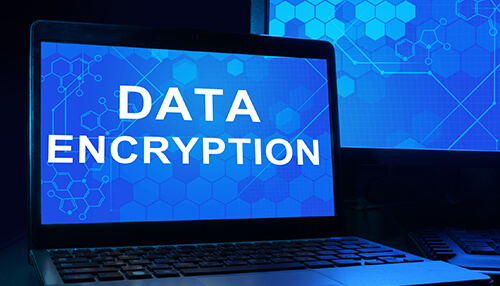Eight things to consider when deploying Data protection to your business
1. Centralized Management
Centralized management of data requires supporting comprehensive tasks. The IT staff monitors and deploys backup tasks, allowing them to stay alert with detailed reports and instant notifications. The backup solutions provide backup intuitive management for servers, endpoints, SaaS applications, and virtual machines. The leading solutions minimize downtime. The centralized solutions ensure data protection to your business and a perfect backup solution to restore data using recovery options and speeding the recovery process.
2. Use data encryption
The fundamental best practice is data encryption for data-driven business models. Data security is a must and mostly it is overlooked. Encryption of business data in transit or rest is critical. Encrypting hard drives and portable devices is mandatory to avoid critical information loss. With data encryption, unauthorized users will not be able to view content or the file. Encryption technology provides data protection as an additional layer.
3. Smart backup technology
A smart backup technology provides enough backups for the devices in a company. It does not take extra space for storage and includes backup technology as an incremental saving copy of files. It has newly added or changed files after the last backup. This technology eliminates identical data blocks. It takes into account the deployments of data storage. Find a solution scalable and flexible to fulfill the business needs without asking for data strategy replacement or IT infrastructure changes.
4. Implement database auditing and change management
A security measure is offering security audits for one year. If there are failed login attempts the information security administrator receives a report, setting for investigation. Spotting changes to associated permissions and business partners sensitive information is crucial. The historical information reveals the sensitivity of the data, who is the user, how it is used, and has an impact on the security. Unknown risks are away and third-party tools allow changing management and user activity auditing.
5. Meet your requirements and security budget
Backup solutions must be cost-effective. Business data security includes infrastructure construction, network monitoring, security analytics, software updates, routine maintenance, and recurring license fees. Integrating software and hardware as a backup service mitigates the costs. Some data-driven business models feature built-in applications for backup and enjoy full data protection. They also save on the cloud off-site copies.
6. Back up your data
Important business assets must have duplication to serve as backups and to offer redundancy. Even a simple server fault tolerance means saving through data backup. Archiving data during server failure retrieves data. Having a backup data strategy is helpful, but running a full backup for two hours every time is time-consuming. Having an incremental backup ensures backup is done up to the last hours and differential backups are larger with each time.
7. Protect data from insider threats
Insider threats are the key data exposure reasons. Insider threats are when someone misuses privileges and rights deliberately or accidentally. An unauthorized insider is dangerous. Businesses do not reveal insider attacks fearing business partners or business loss, damaging the reputation. Insider attacks may result in downtime or data loss. It is important to check the activity and network to monitor activity. The work from home users is increasing and securing the remote access connection is inevitable. Thus, the machine users must secure their remote connections.
8. Use endpoint security to safeguard your data
The network endpoints are constantly under attack and data protection is high on the security infrastructure. Preventing or dealing with data breaches is difficult. Advanced malware or unauthorized programs implies considering an endpoint security strategy. Automated tools are essential to reduce malware effectiveness. Using antivirus software, antispyware, host-based firewalls, pop-up blockers, etc helps mitigate the security risk.




